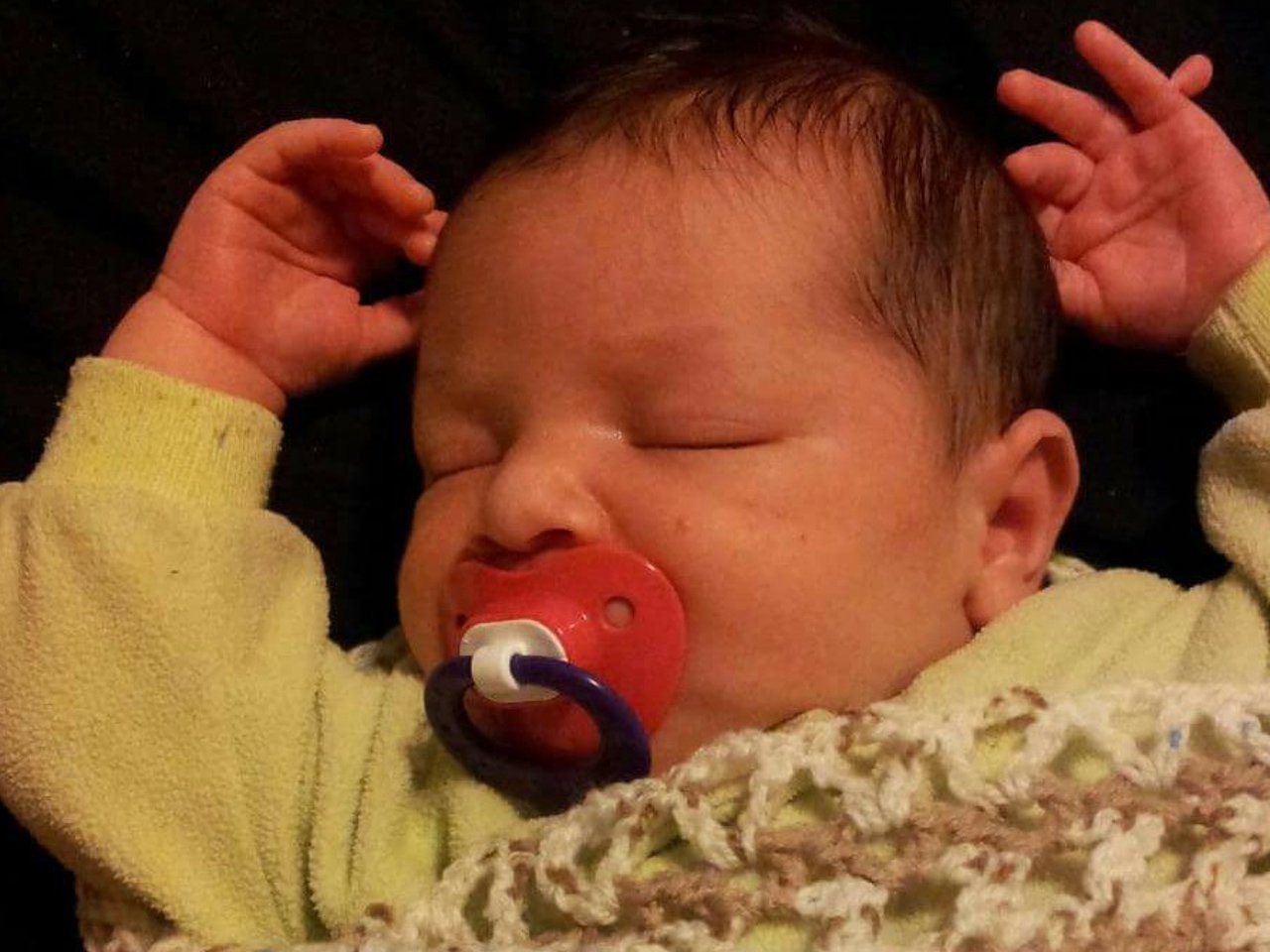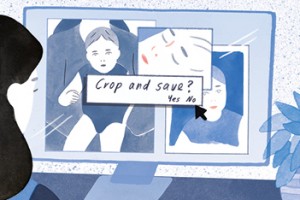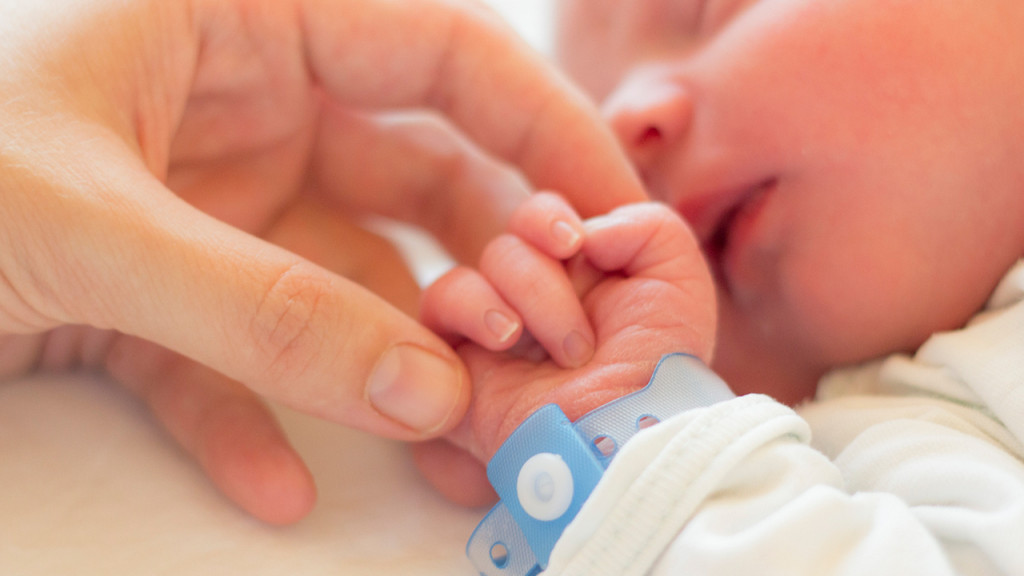Photo: iStockphoto
“Did you notice his extra finger?”
The off-hand comment by my midwife as I snuggled and cooed over my minutes-old baby proved I was apparently not a “count all ten fingers and toes” kind of parent. I peeled back my son’s hospital blanket and pulled out his wrinkly left hand to reveal a tiny malformed digit, complete with minuscule finger nail, dangling from his pinky.
“Oh yeah, my sister and nephew both had extra fingers,” my husband chimed in casually, a fact that appeared to have slipped his mind until then.
My midwife was unfazed. She’d seen it before, she’d see it again. She assured us it was no big deal, and we went back to basking in the new baby glow.
As it turns out, polydactyly (“pol-ee-DAK-tuh-lee”) is actually pretty common.
How common is polydactyly?
“It is one of the most common congenital limb malformations, and is seen in approximately one in every 1,000 live births,” explains Anthony Kouri, an orthopaedic surgeon at the University of Toledo Medical Center in Ohio.
Polydactyly has a variety of presentations and severities
Kouri explains that polydactyly may present as a small lump of soft tissue, a partially formed digit with some underlying bone, or as a fully formed and functional extra finger or toe—and sometimes there’s one on both hands or both feet.
“The most common type of polydactyly in the hands is duplication of the small fingers,” says Kristen Davidge, a plastic and reconstructive surgeon at The Hospital for Sick Children (SickKids) in Toronto.
“The second most common type of polydactyly in the hands is an extra thumb,” adds Davidge. “Duplication of the index, middle and ring fingers is very rare, and is typically seen with other upper limb anomalies.”

What causes polydactyly?
Davidge explains that the reason my son, nephew, and sister-in-law all had extra fingers attached to their pinky fingers is because that type of polydactyly tends to run in families, while duplicate thumbs do not. These “nubbins” are also more common in people of African-American ancestry, explains Kouri. (Almost 14 in 1,000 African-American babies will have a “supernumerary” digit.) This makes sense, as my sister-in-law is African-American, and my son and nephew are both biracial.
Polydactyly can also be part of one of several larger syndromes, such as Apert’s syndrome, Carpenter’s syndrome, and many more—over 300 possible syndromes in total, according to Kouri. But because the nubbin was my son’s only symptom, our doctors were unconcerned and we weren’t sent for further testing.
Can you see polydactyly on an ultrasound?
While it’s technically possible to see polydactyly on an ultrasound, it is uncommon to diagnose it before birth, leading to delivery-room surprises like mine.
What is the treatment for polydactyly?

Why I told everyone on Facebook about my baby’s birth defectThe main options for treatment are to surgically remove the extra digits, or to leave them intact. Our midwife informed us that nubbin-fingers like my son’s could simply be surgically removed or tied off like a skin tag (you may see this described as a “ligation” with a piece of suture or thread).
But, I wondered, was that our choice to make?
As someone who is staunchly anti-circumcision, and even against ear-piercing until a child is old enough to decide for themselves, a large part of me wanted to just leave his finger alone until he could make the decision for himself. But the practical side of me looked at the tiny bit of skin tethering this extra finger and saw a hazard. I worked in a daycare for years, and had watched his active older brother as a baby and toddler, which made me worry that as soon as he was mobile and getting into everything, this dangling piece of skin could get caught in something and potentially be ripped off.
We decided that it was better to have it removed intentionally, by professionals, rather than accidentally, and booked a consultation with a plastic surgeon who then scheduled us for day surgery.
What is the best age for polydactyly surgery?
Doing this simple surgery in the first few months of life is preferable, our doctors told us. It’s when babies are less wiggly and can be held still for a local numbing anaesthetic instead of undergoing general anaesthesia.
My baby did not get this memo, however. At three months old he was Hulk-like in strength, and my attempts to nurse him during the procedure as a distraction did not work. Though he resented being restrained for the five-minute duration of the surgery, it was quick and easy. They gave him a needle—by far the worst part for both of us—and then quickly severed the extra digit with a scalpel and gave him a few stitches, then bandaged him up.
Our surgeon did not recommend the “tying off” option with sutures, because sometimes bumps can be left behind that may become painful with time. Davidge explains that using a scalpel instead creates a “smooth contour of the hand, and a flat scar.”
My son’s recovery was quick and uneventful, though keeping a bandage dry on the hand of a teething baby for several weeks required some innovative thinking on my part. I used a few layers of baby socks over his fist, giving him the appearance of a pint-sized boxer, but it worked.
Now six years old, he quite proudly shows off his little scar, proof to his classmates that he was once an eleven-fingered wonder.
Some polydactyly surgeries are more complex
While nubbin removal is simple, digits that involve bone, joints, and connective tissue require more extensive surgery, particularly when it comes to the thumb, which affects functionality in addition to being cosmetic.
“The goal is to remove the least functional component and to reconstruct the remaining parts,” explains Kouri. “Furthermore, functional components can be taken from each digit to make a combined new digit.” This more complex surgery is typically performed at around one year of age, and outcomes tend to be very good, both Davidge and Kouri agree.
Is refusing surgery an option?
Particularly when function is not affected, allowing the extra digit to remain—at least until the child is old enough to decide to remove it—is also a valid choice. Michael “Six” Muldoon, a professional magician from Queens, New York, told me he loves the small extra finger protruding from his pinky. He has even built his accomplished career in magic around it.
Unlike my son’s finger, Muldoon’s finger has bone and is more securely attached. His mother declined surgery, feeling it should be his choice—for which Muldoon is grateful.
“I thought about (removing) it when I was younger,” he says, “but right now it’s a part of me that makes me unique. I love the fact that I stand out from the crowd. I’m very comfortable with who I am as a person and the extra digit truly shaped that for me.”
Treatment for polydactyly should be individualized
Just as Muldoon does not regret his decision to keep his eleventh finger, I do not regret my decision to remove my son’s. It all comes down to each patient’s case, and what is best for that specific person.
Kouri sums it up this way: “Though polydactyly is a very common hand issue, it is still an incredibly complex problem and difficult to generalize about. Treatment should be individualized to each patient, and should address the functional and cosmetic issues they may face.”
My experience is proof that a polydactyly diagnosis is not a cause for panic—it’s common, and it’s treatable.
And if your child is anything like mine, the story will make him the coolest kid on the kindergarten playground one day.
Read more:
5 weird things about your newborn that nobody talks about
Newborn screening in Canada: What to expect


